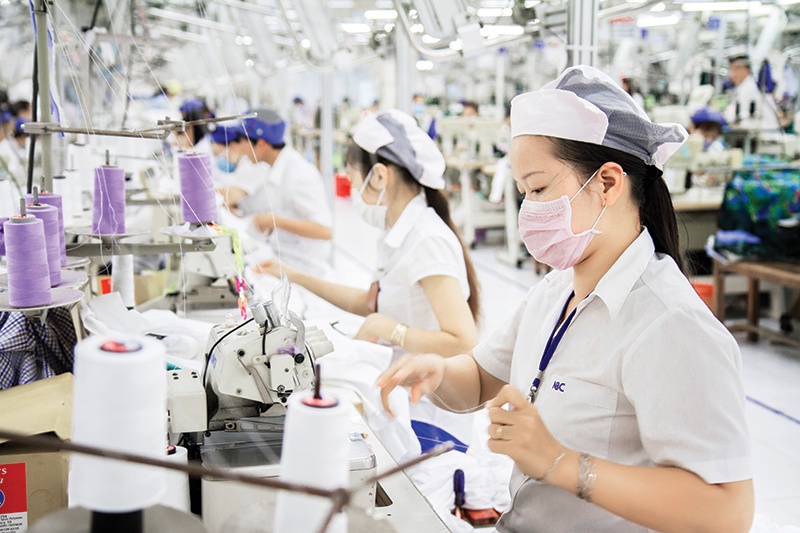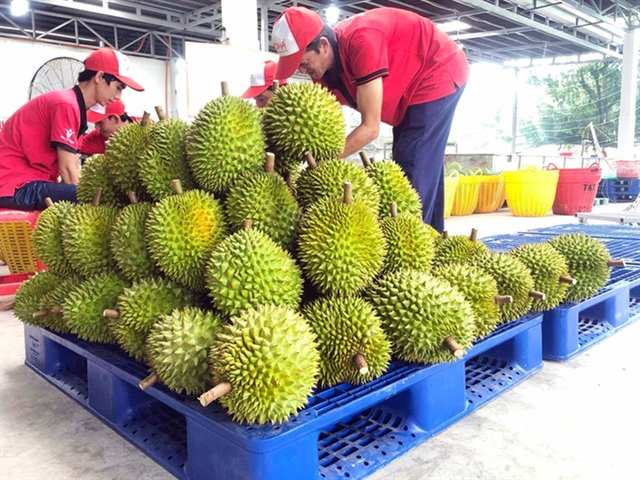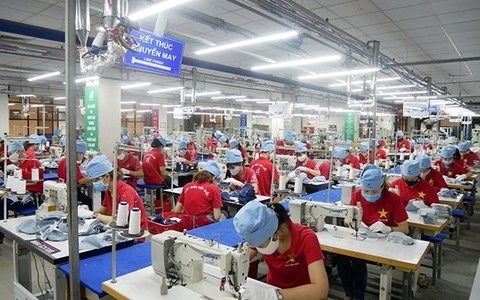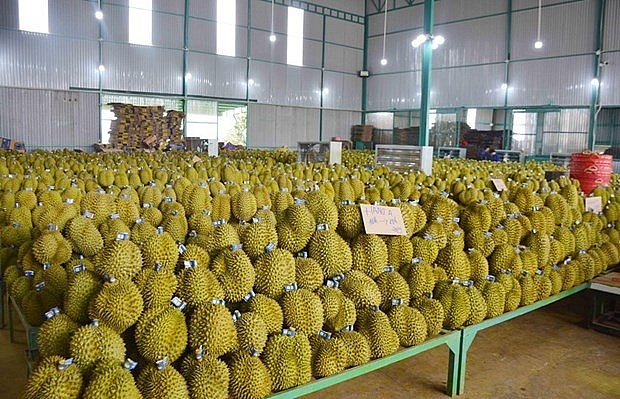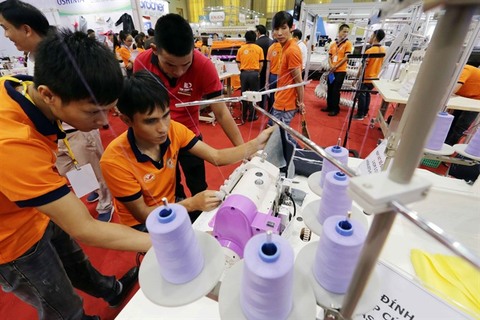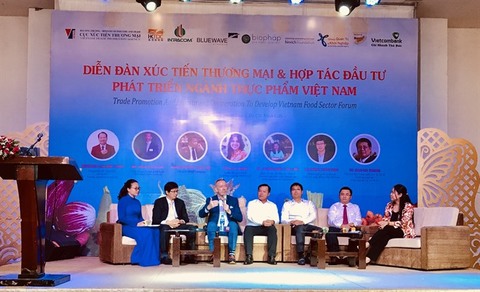FiT increase heralds renewable rush
FiT increase heralds renewable rush
While Vietnam is in the midst of a solar power rush and the feed-in tariff (FiT) scheme for solar power has been extended until the end of 2020 in Ninh Thuan, the country may also witness the start of a wind power rush, as the government has recently approved new incentives for wind power projects and an FiT increase.
Decision 39 is a positive move by the Vietnamese government towards renewable energy in general and wind energy in particular. It is a positive signal not only for the Vietnamese energy sector, but also for the Vietnamese people.
With the new FiT, wind power can contribute more to national energy security, and indirectly support the country’s economic development and the mitigation of climate change in a more efficient manner.
According to many stakeholders, the new revised FiT is positive and feasible for the best wind power projects, which are considered a low-hanging fruit.
The new FiT can benefit wind power projects which have great potential and advantages of infrastructure, such as being close to grids or main roads, and access to good financing conditions.
Once the best projects are under operation, the market will move to a more
mature stage, enabling additional projects to come online. Two factors influence project bankability, including the level of the selling price and the PPA.
In the past, when the FiT was low, the PPA was considered an important factor to evaluate a project’s bankability. Today, as the FiT has been raised, the bankability will be enhanced despite the unchanged PPA.
The current PPA is seen as acceptable by local banks, but not international banks. If the projects are financed by local banks, it could be fine.
The question is whether the local banks are ready in terms of capacity to fund ranges of wind power projects or only a limited number of projects.
In the long run, to achieve the government’s goals on renewable energy development, adjustments to the PPA should be considered to meet the requirements of international financial institutions.
This will have a positive impact on the financing cost of wind power projects.
A big push for incentives
Vietnam’s renewable energy market has become more attractive than ever. In a bid to spur development in one of the most promising sectors, which remains largely untapped, the prime minister last week enacted Decision No.39/2018/QD-TTg to revise the mechanisms supporting the development of wind power projects. Under this decision, which will take effect on November 1, the FiT for wind power projects will be increased from the current 7.8 US cents per kilowatt-hour (kWh) to 8.5 US cents for onshore wind power projects and 9.8 US cents for offshore projects.
The new FiT will apply to part or the whole of a wind power project that reaches its commercial operation date (COD) before November 1, 2021, and will apply for 20 years from the COD.
Tobias Cossen, project director of the ‘Support the Up-Scaling of Wind Power in Vietnam’ project under the GIZ Energy Support Programme, said that due to Vietnam’s constantly growing need for energy and its excellent wind power resources, many developers have been eyeing the market for quite some time. However, the correspondent tariff published in 2011 and further project risks within the development process have slowed down the projects due to the commercial risks perceived by investors and financing entities.
“Now, with the clear signal from the Vietnamese government to increase the tariff, we expect many projects to push through and actually get implemented.” he added.
In a related move, the government also issued Resolution No.115/NQ-CP, extending the application of an FiT of 9.35 US cents for solar power projects in the south-central province of Ninh Thuan by one year, after the deadline to reach COD in order to enjoy the FiT had previously been set for June 30, 2019.
“Resolution 115 is good news for solar power projects in Ninh Thuan. It provides more opportunities for investors like us, as hundreds of private investors have submitted proposals to set up solar farms, but the June 30, 2019 deadline was too tight,” said a representative of an Indian firm that is developing a solar project in Ninh Thuan.
The developments in both wind and solar power show Vietnam’s efforts to meet the targets set in the Revised Power Development Master Plan VII to produce 10.7 per cent of its electricity from renewable sources by 2030. Prior to this, the government had scrapped plans for a nuclear power centre in the province.
A renewable gold rush
Andrew Affleck, renewable energy investment professional, said, “Vietnam is in the midst of a solar rush, and is now watching the wind rush start,” adding that the changes would give wings to the wind power sector.
The long-awaited incentives for wind power projects will pave the way for investors to develop new or expand existing projects. In addition, it could help operating projects by accelerating the speed at which they recover their investment capital.
The Vietnamese wind market did not take off after the government first released incentives for projects in 2011. Investors’ major concern is the price of their products. Many projects have been postponed because regulated prices were below production costs.
Bui Van Thinh, chairman and CEO of Thuan Binh Wind Power JSC, which brought Phase 1 of the Phu Lac wind plant in the south-central province of Binh Thuan into commercial operation and connected it to the national grid in 2016, told VIR that the revised FiT for wind power will result in profits for his project, which has yet to make a profit after two years of operation due to the low FiT.
“We welcome the government’s positive step. The new FiT may also encourage us to develop a 30-megawatt (MW) wind power project in Ninh Thuan, which is said to have great potential for wind projects,” he said.
Previously, the company planned to develop four similar plants, including two in Ninh Thuan and Binh Thuan and two in the Central Highlands provinces of Dak Lak and Gia Lai. However, Thinh said that investing in solar power offered more benefits than wind power, due to the higher FiT of 9.35 US cents per kWh. In several countries, solar power plants have been installed for less than that, at 6 US cents per kWh or even below 3 US cents per kWh in some cases. Internationally, the costs of solar photovoltaic and wind technology are decreasing year by year.
The Ministry of Industry and Trade (MoIT) recently released impressive figures, as the total output of solar power projects approved to be added to the Revised Power Development Master Plan VII is quite large. The ministry approved more than 70 new projects to be put into operation before June 2019, with a total capacity of over 3,000MW. This amount far exceeds the estimated solar power output of 1,000MW by 2020 in the original Plan VII.
Deputy Prime Minister Trinh Dinh Dung has asked the MoIT to report the specific list of approved solar projects to be supplemented into electricity plans in localities, while enhancing the management of the projects.
Currently, both wind and solar power projects are facing bottlenecks to be solved, and both the FiT and the power purchase agreement (PPA) play an important role by providing the basic framework for investment within the sector.
“The project developer is responsible for grid connection costs and risks. However, the PPA does not factor in project capacity, distance from existing transmission lines, and higher costs of installing transmission lines over longer distances,” noted the Vietnam Business Forum’s (VBF) Energy Sub-working Group.
The VBF previously said that quality and sourcing of data for renewable energy sub-sectors have to improve to ensure clarity for investors about available locations, infrastructure capabilities, and governmental targets. As the renewable energy sector picks up the pace in the coming decade, the government should continue to focus on developing human resources capabilities.
Last but not the least, the VBF went on to say that supporting industries play a crucial role in development and quicker adoption of renewable energy technologies. The government should promote domestic companies through capital subsidy and incentives, such as tax breaks and preferential loans. A competitive supporting industry would help in reducing the tariff and investment costs for renewable projects, which are cost-intensive.


